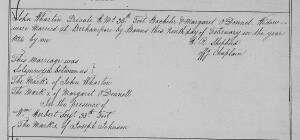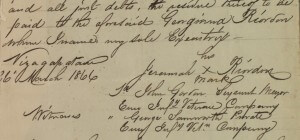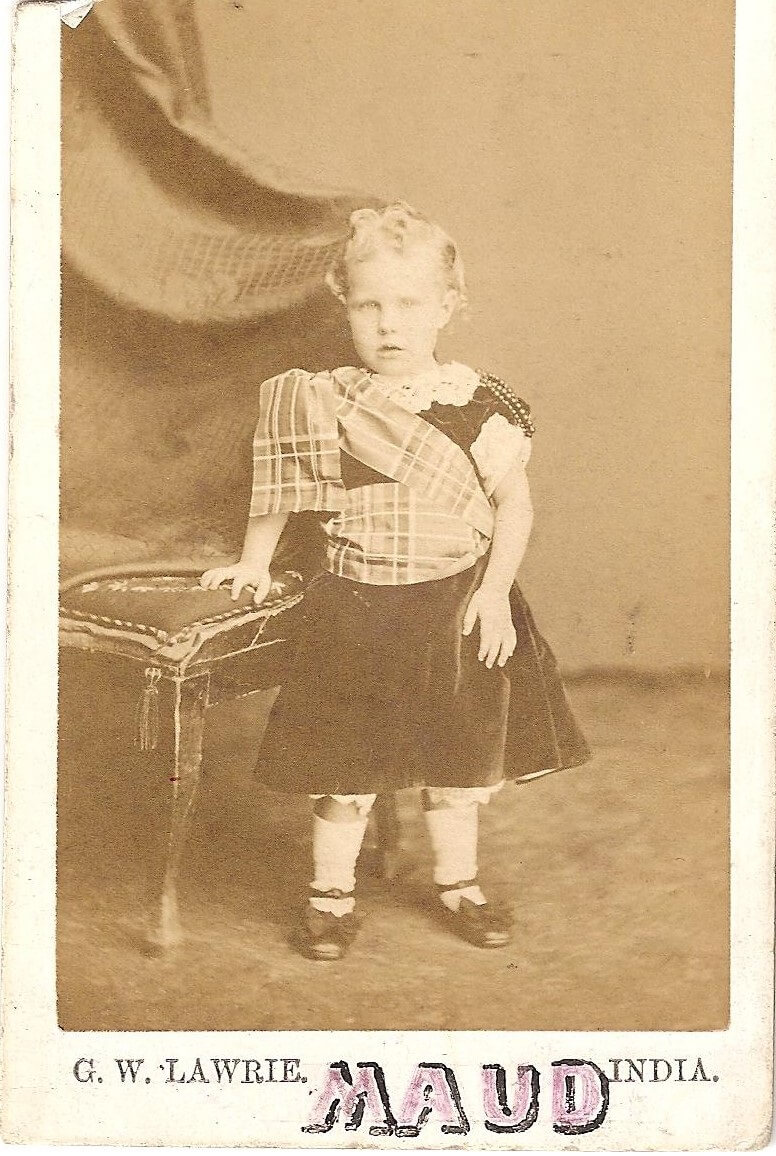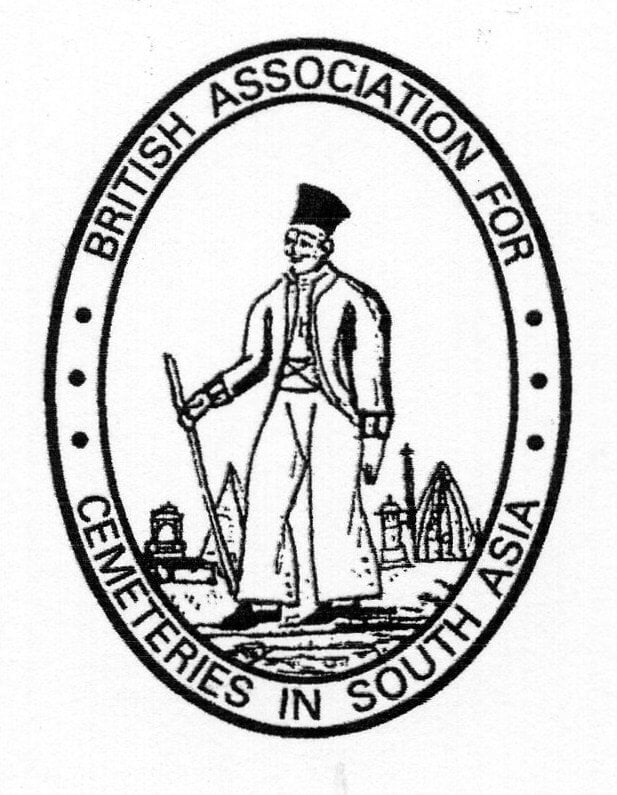
FIBIS Blog
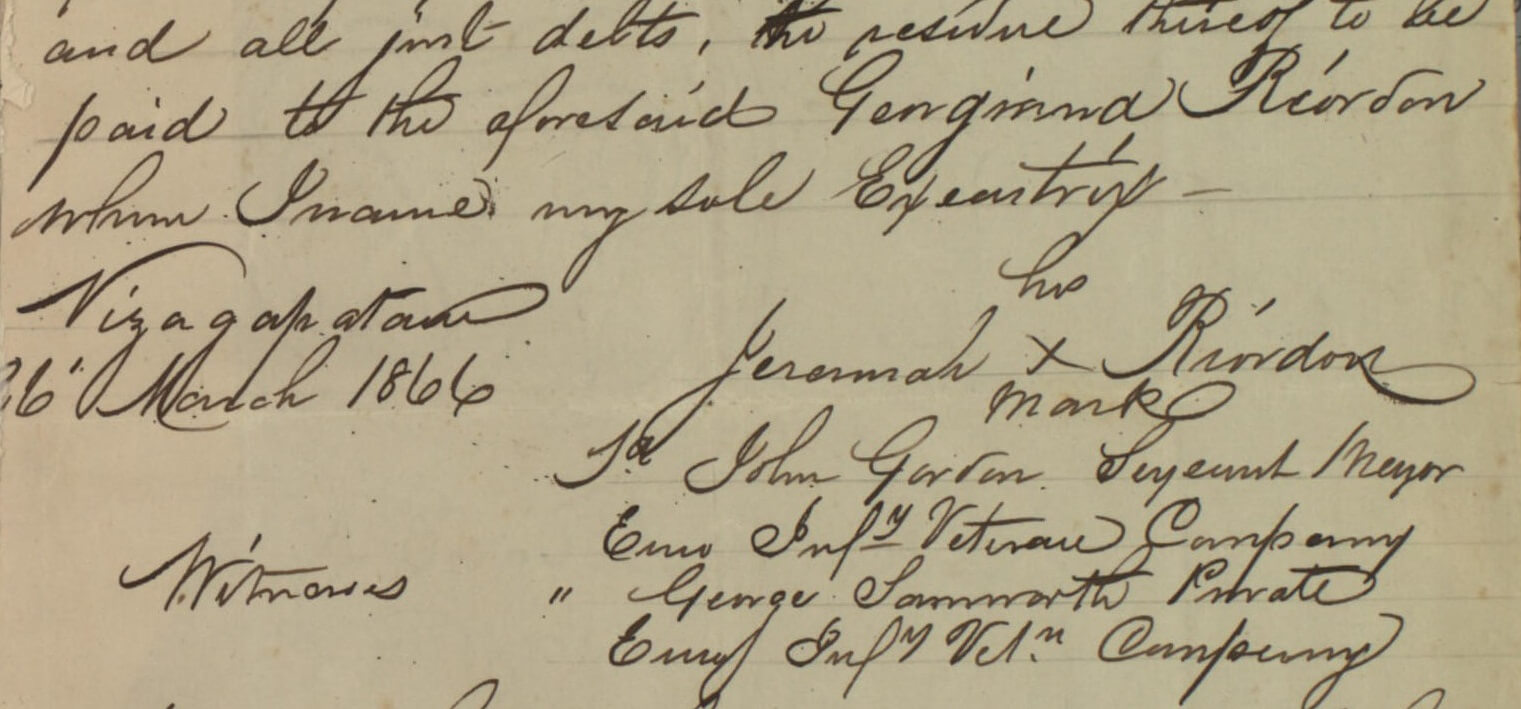
A recent research enquiry from a FIBIS member highlighted an interesting aspect of general family history. A letter was held dated July 1868 written by John Wharton of Aberford, England an elderly man of 93 years, to his grandson in India. It was addressed “My dear Grandson” and the problem was to establish to whom the letter was written and find where both men sat on the family tree.
After some initial research – which involved also identifying various other persons named in the letter – it was discovered that the letter writer was the father of another John Wharton (born c 1800) – a soldier in H M 38th Regiment of Foot. The younger John Wharton had been posted to India in 1818 and had died there in 1865. It was to his son, Thomas Wharton (1831-1898) that the letter was written by an affectionate Grandfather.
The younger John Wharton had married Margaret O’Donnel in Berhampore, India in 1824. On looking at these marriage details something rang a bell as I noted that the groom had signed his name with an X (his “mark”) which denoted that he could not write.
(Image courtesy of findmypast.co.uk – British Library reference N1-13-135)
Turning back to the letter written by the older man in Aberford, I realised that he also couldn’t write as this letter stated
“I should have answered your letter before this but I could not get one written by the person I wanted, the one who used to write for me being dead.”
What a piece of social history! One can only imagine a concerned grandfather seeking out a clerk so that he could communicate with his grandson thousands of miles away in India – and maybe later impatiently returning to that same man to interpret the words received in reply. In fact, I subsequently learned from our member that the elderly John Wharton had been an agricultural labourer which explained his lacking the ability to read and write. By contrast, the letter’s recipient, grandson Thomas, presumably had some formal education as he was the manager of an indigo factory in Allahabad, India.
This example is a good reminder that family history is not just entering names on a tree and that it is important to look carefully at all resources. My own ancestor, baptised Jeremiah Riordan, went out to India from Cork, Ireland in 1847 as a private in the Hon. East India company army. He died there in 1881 and his monumental inscription in the Cathedral at Visagapatam, Madras shows his surname as Reardon. In fact, I found various forms of the surname on the baptismal records of his twelve children. (This also highlights the importance of considering variations of a surname when conducting a search. (In fact, for this reason, many online databases, including that of FIBIS, allows a choice of searching both the exact and varied options of a name).
I had suspected that Jeremiah Riordan , who previously been a labourer in Ireland , was illiterate and the recording clerks had merely entered the surname as it had been pronounced to them. There is no surviving marriage entry but there is a will. Here Jeremiah’s surname is spelled correctly and there it is – an X marking the spot where his signature should have been!.
(Image courtesy of findmypast.co.uk – British Library ref L/AG/34/40/22)
